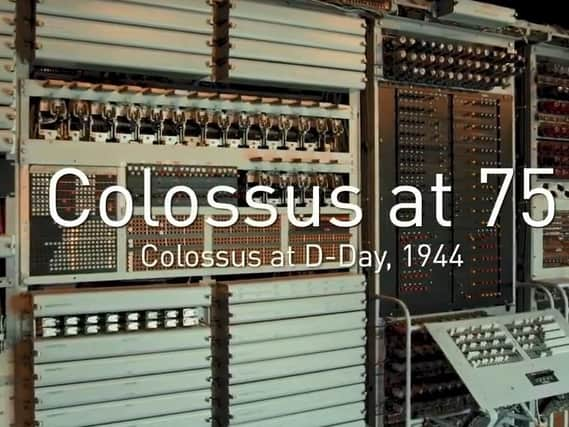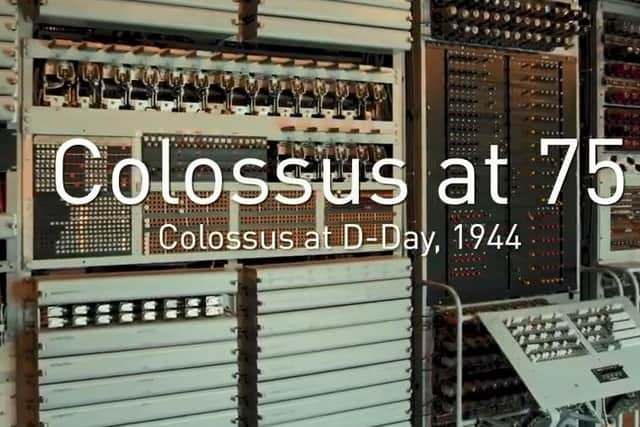Watch how Milton Keynes workers defeated the enemy in the Second World War 75 years ago


The former workers and their families gathered at The National Museum of Computing to celebrate the 75th anniversary of the Colossus code-breaking machine that had such a huge impact upon the outcome of the second world war.
Colossus Mk I became operational on Bletchley Park on 5 February 1944 and was so successful in tackling Lorenz-encrypted messages between Hitler and his generals, that more were ordered. A deadline for another was set for 1 June, although Tommy Flowers and his team would not then have known that this may have been to coincide with D-Day preparations when insights of German strategic communications would be crucial to the invasion’s success.
Advertisement
Advertisement
Colossus Mk II arrived in May and was in partial operation on 1 June 1944. More were to follow such was the confidence in the technology.


On May 29 the significance of some of the intelligence obtained with the help of the Colossus machines will be revealed to the veterans and families. During the war, the Wrens who operated Colossus had little idea of the importance of their work. For decades afterwards, secrecy bound them not to speak of what they did at Bletchley. Only in recent years have they come to realise the impact of their work and even today, now in their 90s, they know few of the details.
At the Museum, housed in Block H where six of the ten Colossi were operational at the end of the war, original German Lorenz encryption devices are on display alongside working reconstructions of the British technology that intercepted and deciphered the messages: Colossus, Heath Robinson (the predecessor to Colossus) and the Tunny machine.
Also on display is the Bombe reconstruction that will be demonstrated to show how the key of the day for D-Day was discovered to reveal the Enigma-encrypted messages about German operations on that crucial day of 6 June 1944.